Have you ever dreamed of strolling through palm-lined streets and admiring Mediterranean-inspired architecture right in the heart of America? Florida, with its unique cultural intersection, offers you the chance to make that dream come true. Known not only for its extensive beaches and lively amusement parks, Florida is also a treasure trove of unique architecture, notably highlighted by the enchanting Spanish Revival style.
Exploring the Beauty of Spanish Revival Architecture in Florida
The Spanish Revival style, also known as Spanish Renaissance, is a vibrant architectural trend that recaptures the classic elegance of Spanish and Mediterranean regions. This style was especially prevalent in Florida during the early 20th century, giving the state a distinct and captivating appearance.
The History and Development of Spanish Revival
Spanish Revival architecture didn’t appear out of nowhere; it is the result of centuries of cultural, historical, and architectural convergence.
Influences from Spanish Colonial Architecture
The origins of Spanish Revival style can be traced back to the Spanish colonial architecture built in Latin America and the southern United States from the 16th to the 19th century. These structures are characterized by thick walls, red tile roofs, arched doors, and spacious courtyards.
The Strong Emergence in the Early 20th Century
In the early 20th century, the Spanish Revival movement surged across the United States, particularly in California and Florida. The 1915 Panama-California Exposition in San Diego marked a significant milestone, introducing the beauty of Spanish architecture to the American public. This event inspired architects and investors, leading to the creation of numerous Spanish Revival structures throughout the country.
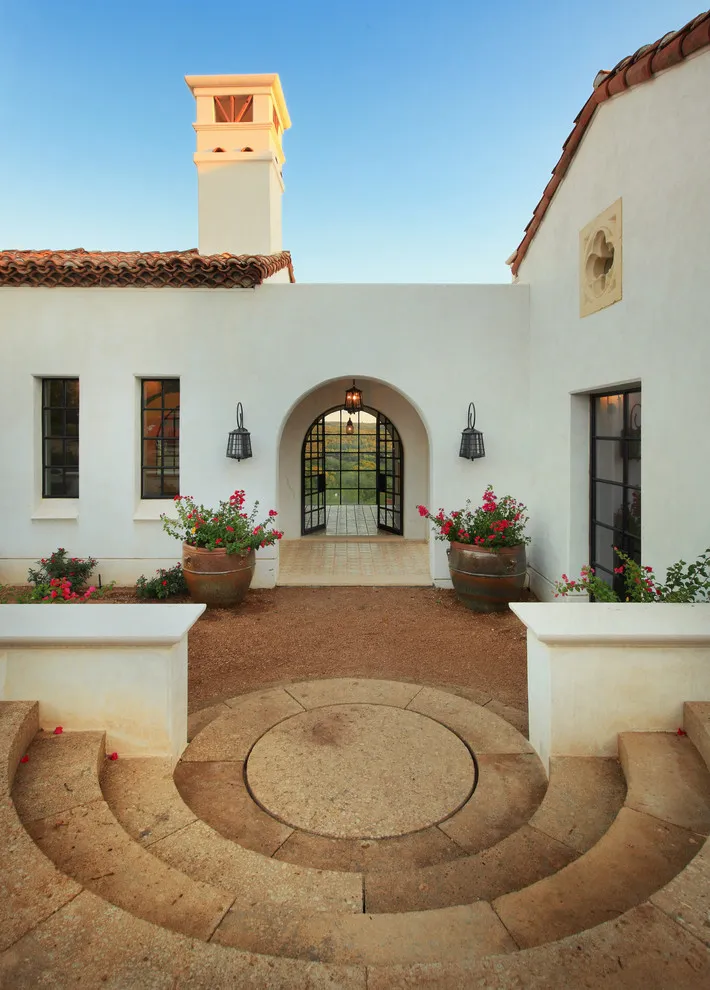
Why Spanish Revival Is Popular in Florida?
There are several reasons why Spanish Revival style is particularly suited and favored in Florida:
- Climate: Florida’s warm, sunny climate complements the architectural style’s focus on openness, natural materials, and vibrant colors.
- History: Florida was once a Spanish colony for a considerable time, and the Spanish Revival style establishes a unique connection to the state’s historical past.
- Aesthetic Appeal: The enchanting, romantic, and luxurious beauty of the Spanish Revival style has captivated many, making it a symbolic architectural feature in Florida.
Key Architectural Features of Spanish Revival Style
Identifying a Spanish Revival building is easy by noting these standout features:
Charming Exteriors
- Red Tile Roofs: The red terracotta roof tiles are one of the most recognizable elements of Spanish Revival style.
- White or Light Yellow Walls: The walls, painted white or light yellow, give a bright, airy feel and effectively reflect sunlight.
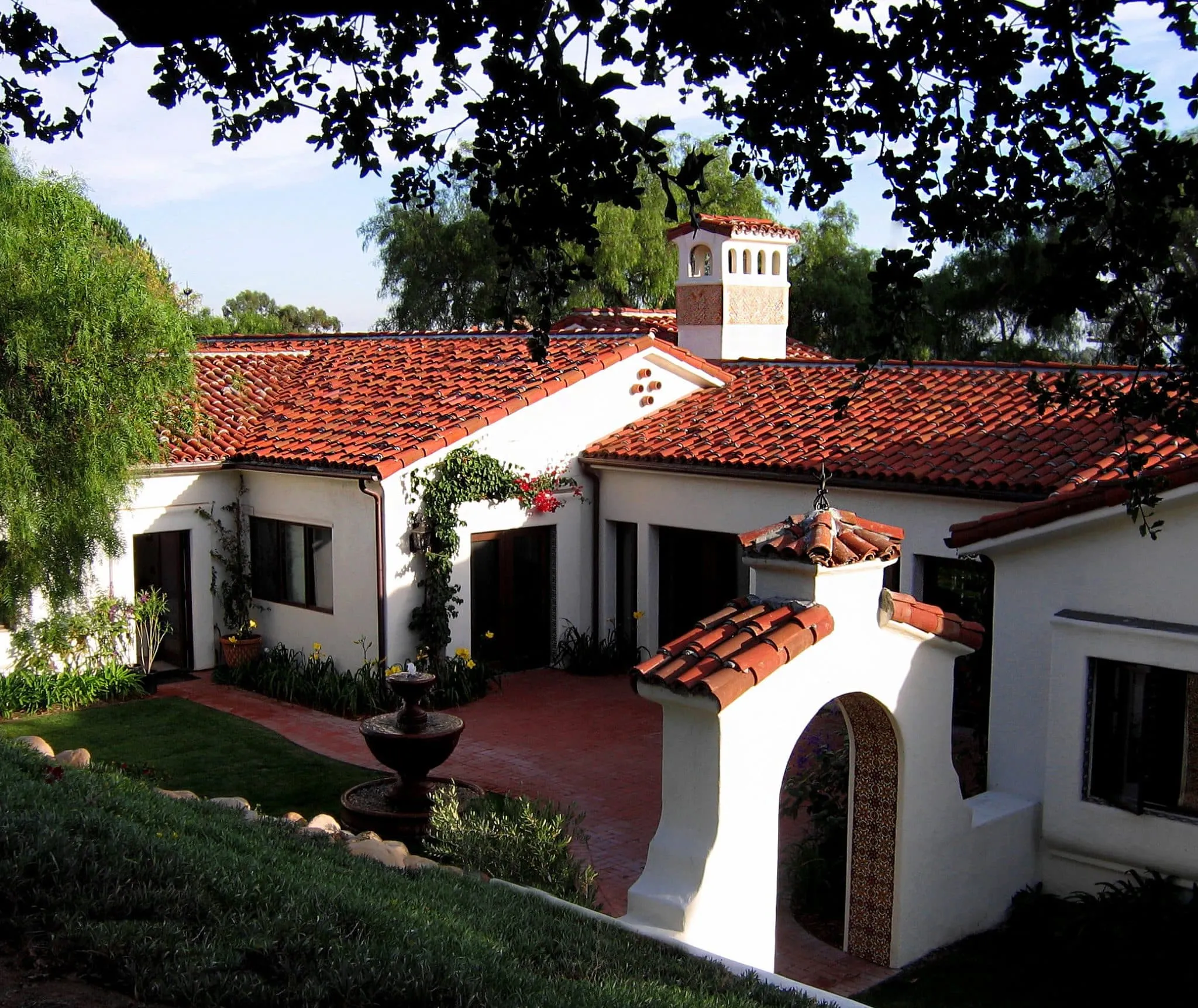
- Arched Doors: Doors and windows are often arched, lending softness and elegance to the structure.
- Iron Balconies: Balconies and railings are frequently crafted from wrought iron with intricate designs.
- Courtyards: Courtyards are open spaces often featuring fountains, greenery, and seating areas, creating ideal relaxing spots.
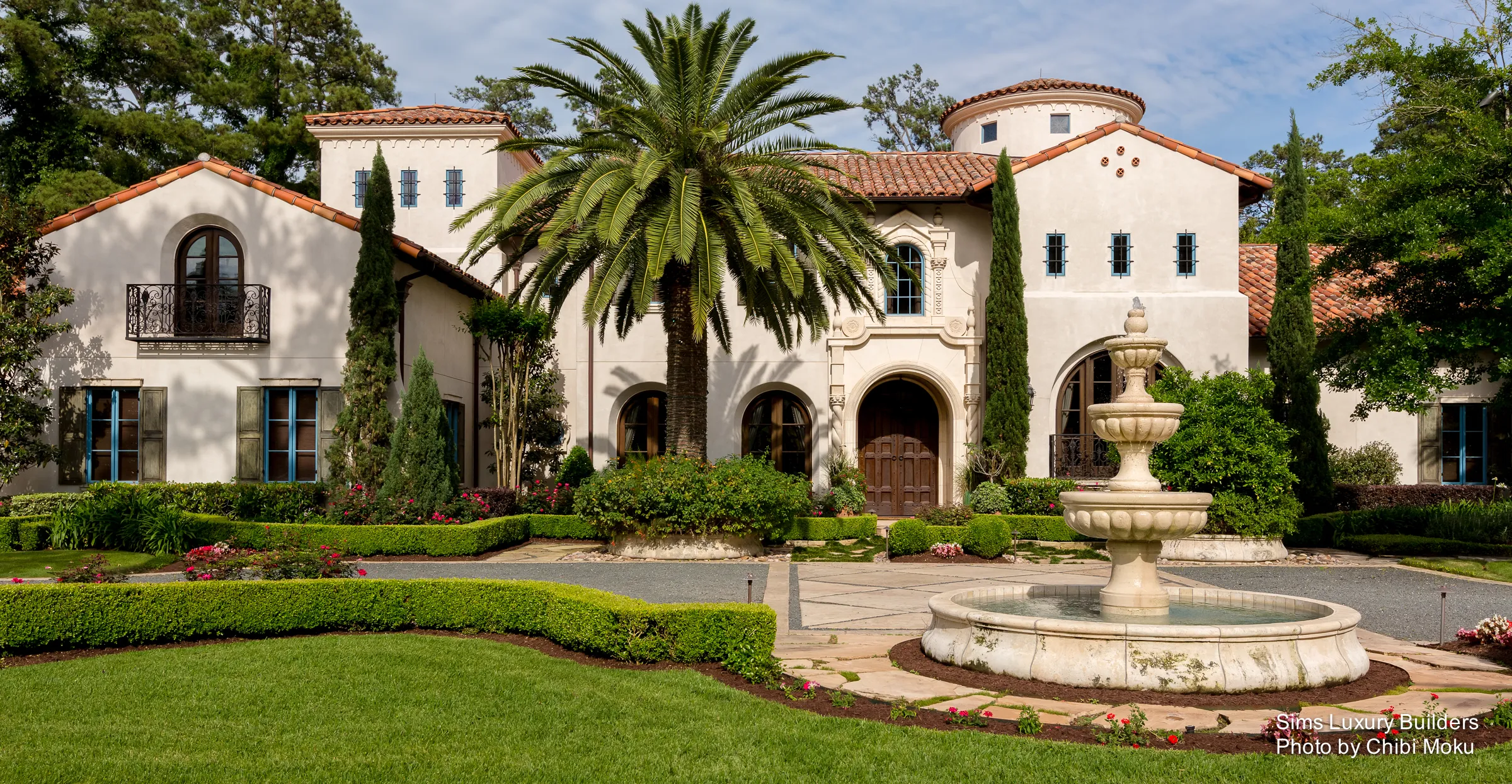
Cozy Interiors
- High Ceilings: High ceilings provide a spacious and airy ambiance.
- Exposed Wooden Beams: Wooden beams are often left exposed, accentuating the ceiling.
- Tiled or Wooden Floors: Floors typically feature natural terracotta tiles or wood, offering warmth and homeliness.
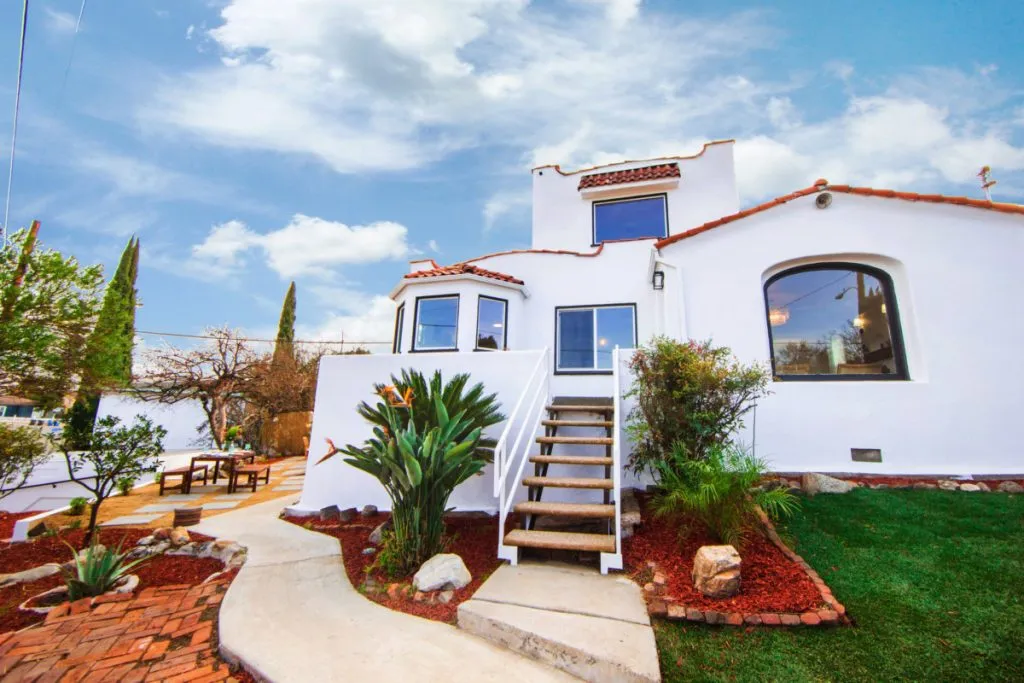
- Decorative Tiles: Colorful, patterned ceramic tiles adorn walls, floors, and fireplaces, adding an artistic touch to the space.
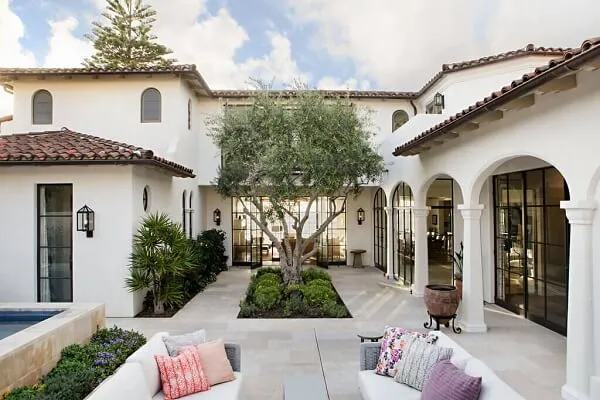
- Chandeliers: Iron or bronze chandeliers are essential in Spanish Revival interiors, offering warm lighting and classic beauty.
Immerse Yourself in Spanish Revival Spaces in Florida
To fully experience Spanish Revival style, visit these locations in Florida:
- St. Augustine: As the oldest city in the U.S., it boasts a treasure trove of Spanish Revival architecture, from churches to museums to homes.
- Coral Gables: This historic residential area is known for its tree-lined streets and stunning Spanish Revival homes.
- Sarasota: This coastal city features unique Spanish Revival architecture, including the Ringling Museum of Art.
Spanish Revival in Modern Design
Today, Spanish Revival continues to be popular and widely applied in modern architectural design. Architects skillfully blend traditional elements of the style with contemporary lines, creating living spaces that are both beautiful and functional.
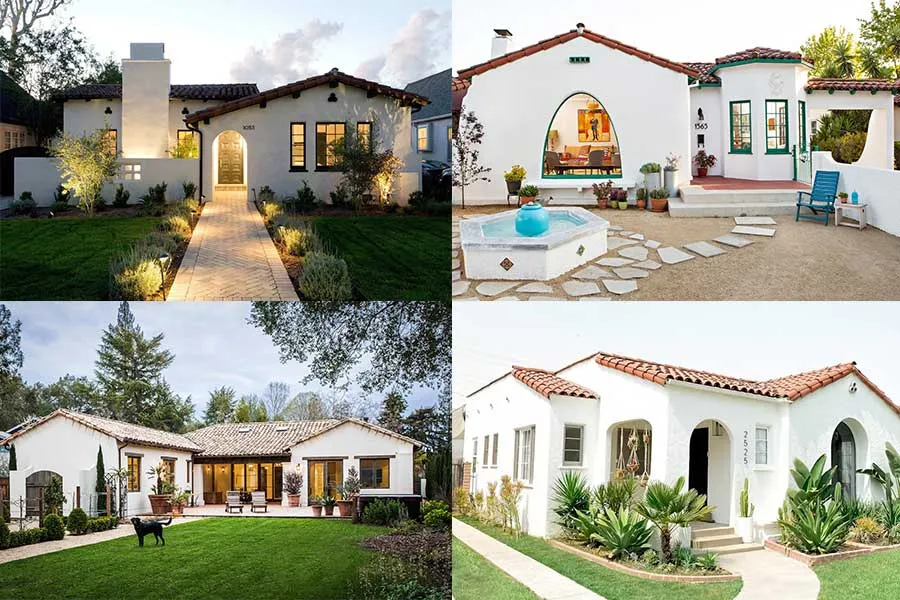
You can see Spanish Revival style expressed through the use of natural materials, vibrant colors, large windows to invite natural light, and open spaces linking indoor and outdoor environments.
Conclusion
Spanish Revival style is an indispensable part of Florida’s rich and varied architectural landscape. With its alluring beauty, warmth, and closeness, the style has won the hearts of many and become a unique architectural symbol in the state. If you have the chance to visit Florida, don’t miss the opportunity to explore the stunning Spanish Revival structures and fully appreciate the cultural and historical beauty of this region.